As she sits in the tree, she steadies her hand and points the hand crossbow at a target a few dozen feet away.
She can see them between the tree’s leaves and branches. A heavy crossbow would be too loud and hard to take up, and a big bow would be hard to use in this tight space.
The best choice was the hand crossbow. She keeps a steady lookout as she waits for her prey to come into range.
With a soft intake of breath, she runs her thumb over some runes carved into the handle. For a short moment, the runes light up, showing that they are ready to work. This gives her bolt magic.
She stops holding her breath and pulls the gun’s trigger. The bolt flies through the air and lands on its target without making a sound.
The extra bit of radiant damage in the bolt does just enough damage to kill her zombie enemy, and no one else is the wiser. Welcome to the Hand Crossbow 5e Guide.
Hand Crossbow Basics
In D&D 5e, the hand crossbow is a melee and long weapon. It does 1d6 damage from piercing and is Light, Loading, and Ranged. Its range is 30–120 miles, and it can carry 3 pounds.
Most of the games I’ve played or run as a Dungeon Master, carrying weight doesn’t mean too much. If you’re not sure about your own game, don’t be afraid to ask your Dungeon Master about it.
- Simple, light, and a martial art weapon. Ranged, light, and easy to load. Range: 30/120. 1d6 damage from cutting, and your Dexterity modifier is used.
- Wizards and Druids can’t use them, unless they have the Weapons Specialization Feat or their character is also a Drow.
- Unless it is changed in some other way, it can only fire bolts.
- The Crossbow Expert Feat is the only way to become an expert.
- There are a lot of magic hand crossbows made by players, but not as many magic hand crossbows in the base game.
Hand Crossbow Specifics
Even though we’ve talked about the hand crossbow in Dungeons and Dragons 5e in general terms, there are still a few details that can be confusing for both experienced players and those who are just starting out.
Also, there are some creative things you can do with this gun besides the usual “trigger pull.”
What is the “Loading” Property?
If your weapon has the Loading trait in Dungeons and Dragons 5e, it means you can’t use it to attack more than once on the same turn.
If your character could make a second attack or a bonus action attack (like a 5th-level fighter), you can’t use the same weapon for all of your attacks because of the Loading feature.
There is a way around this, though. It’s called the Crossbow Expert feat, and we’ll talk about it later.
How Range Works?
For people who don’t know much about ranged weapons, they usually tell you how far away you can hit without taking damage. In the case of the hand crossbow, this number is “30.”
The next number, “120,” is the farthest you can attack with a hand crossbow, but any attack made past 30 feet, even if it’s possible up to 120 feet away, is at a loss.
Attacks with a range must also have a range. They can’t be close enough to you to be hit by a melee attack.
This range will be 5 feet for most people. If you try to hit from this close range, it will work against you.
Getting Around the Ranged Demands
But what if your enemy is right in front of you and close enough that you could touch them? What if you don’t have the hard-to-find Crossbow Expert talent, which I still haven’t talked about?
Well, the easiest thing to do would be to shoot them with the crossbow. Don’t pull the trigger. Instead, hold the gun with both hands and swing it like a stick.
You could break your crossbow, but besides your life and the 75 GP it will cost to buy a new one, you don’t have much to lose.
Taking this move lets you use it as a makeshift weapon. What stats it has will rely on your DM, but since a hand crossbow is small and light, I would have it roll 1d4 bludgeoning damage using your Dexterity stat instead of your strength.
Ammunition
Hand crossbows can only shoot bolts, unless they have been changed to shoot something else. You should clean up the area after each fight to save money, especially early in the game.
If you do this, you can look around the area and find half of the ammunition you used.
There is a chance that your DM will make you roll an investigation check to find all of your lost bolts, so “half” isn’t a certainty. Thanks to the enemies, you might end up with more than you started with.
If you’re really, really unlucky, you might only get the things you need to make them, if you get anything at all.
Using Magic Bolts with Non-Magical Weapons
In normal, non-homebrew D&D, there aren’t that many magical bolts on the market, so you don’t have a lot of choices.
You don’t have to have a magical hand crossbow to use magical shots, though.
If you do find magical bolts, remember that they only lose their magic when they hit their target, unless it says otherwise in their description.
So, go find them again after the fight is over.
Proficiency

To put it simply, being proficient just means that you can do something with little trouble. The hand crossbow is a simple weapon, so it’s possible that you already know how to use it well.
Hand crossbows can be used by a wide range of classes, but no class can become an expert with their crossbow without taking a feat.
Class Proficiency
As was already said, there are a lot of types that are good at using crossbows. More people can use a tool if it’s easy to use.
There are Artificers, Barbarians, Bards, Clerics, Fighters, Monks, Paladins, Rangers, Rogue, and Warlocks on the hand crossbow list.
Almost every class on the list will be good with simple weapons, which means they can also be good with a hand crossbow. Everyone except for the poor Druids and the weak Wizards.
Race Proficiency
No matter what class you take, there is only one race that is good with hand crossbows. It’s my favorite, and Drizzt Do’Urden, the poster boy for Dungeons and Dragons, is a Drow.
Drow are naturally better at using hand crossbows than any other class, but we probably won’t see Drizzt use one outside of the Legend of Drizzt books (and even then, he doesn’t do it for long).
But even if you took a class on how to use hand crossbows well, it wouldn’t make you a master. Unfortunately, having twice as many skills doesn’t do much without some home-made rules.
How to Gain Proficiency
So you’re a Druid or a Wizard, which are the only two classes that don’t know how to use hand crossbows well.
You really want to use a hand crossbow, even if you have to do something weird to make it work. After all, it’s for the look, the style, and the fact that you won’t have to cast spells as often.
Just what you need is the 5e Weapon Specialization skill. This feat lets you become proficient with any weapon you want.
It also gives you a +2 bonus on attack rolls made with this weapon, keeps you from being at a disadvantage with it, and makes your chosen weapon seem magical even when it isn’t.
Better than Proficient: Be an Expert
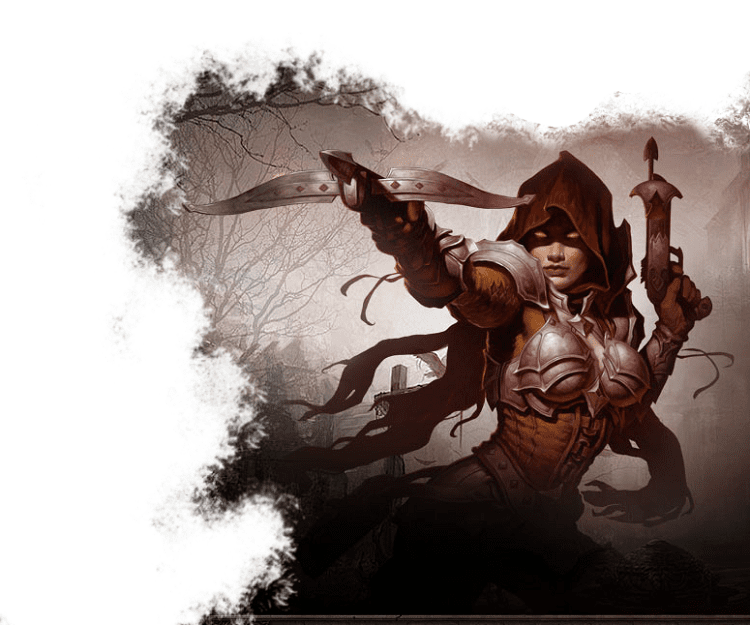
The Crossbow Expert feat is the only way to learn how to use crossbows well. This feat lets the user ignore their weapon’s loading trait and fire without penalty at an enemy within 5 feet.
As a bonus, when they attack with a one-handed weapon, they can use their bonus action to attack with their hand crossbow.
If you are using a hand crossbow, it is a “one-handed weapon,” which means you can use it more than once in a row.
You can use all three actions to shoot if you have an action, a second action, and an extra action.
The Pros and Cons
Like everything else in DnD 5e, there are pros and cons to using a hand crossbow. In this case, some of the pros and cons depend on the situation and can be both pros and cons.
Why You Should Have One
- Free action: Lightweight Reloading
- Since it is based on Dexterity, it is the best tool for most classes, especially Assassin Rogues.
- It’s kind of like the first step toward a gun, and everyone (kind of) wants a gun in DnD.
- From a technical point of view, it’s a lot less noticeable than the heavy crossbow.
Why it Kind of Secretly Sucks
- Even if the crossbow is a one-handed weapon, you need both hands to reload it if you don’t have the Crossbow Expert skill.
- For it to be a good tool, the Crossbow Expert feat is very important.
- Hand crossbows don’t have a lot of magical ammo.
- Let’s be real… In terms of range, the Shortbow is a better choice.
- It’s not nearly as scary as the big crossbow.
Enchanted Options
This idea has come up more than once, so now we have to think about what the different kinds of hand crossbows are.
Beyond the normal +1, +2, and +3 enchantments, there is a whole world of enchanted and magical hand crossbows made by homebrew content makers and the extra content for Dungeons and Dragons 5e.
Each one gives you a different experience that adds something new to the game and makes fighting more fun.
Vicious Hand Crossbow
The Vicious hand crossbow is in the standard Player’s Handbook, so you don’t have to look very hard to find it.
The main benefit of this hand crossbow is that whenever you roll a 20 (whether it’s natural or not), your target takes an extra 7 points of piercing damage or whatever other damage your shot does.
The Tinkertop Boltblaster 1000
If you know about the Mighty Nine from Critical Role, you’ll know and love the Tinkertop Bolt Blaster 1000. This crossbow is based on a +1 crossbow, which gives it an attack and damage roll bonus of +1.
As a bonus, when the crossbow rolls a natural 20, it instantly reloads and shoots a second bolt. If you roll a perfect 20 for the second bolt, it doesn’t happen again.
But this bolt is also dangerous. If you roll a natural 1, the Tinkertop Bolt Blaster 1000 misfires and pierces the user, doing 1d6 cutting damage. This is what happened to Nott the Brave.
Orner’s Venomous Crossbow
This hand crossbow is very special because it was made by the Griffon’s Saddlebag.
It’s like the Tinkertop Bolt Blaster 1000 in that it gives a +1 bonus to attack and damage rolls. This hand crossbow, on the other hand, has four shots. You can use one charge to add poison to your thrown bolt.
The target must make a DC 13 Con save and take 1d6 poison damage if they are hit. If the victim doesn’t make their save, they are poisoned until their next turn.
If you use up the crossbow’s last charge, you have to roll a d20. On a natural one, the tubes and pipes connected to it break and poison sprays out in a big 25-foot sphere.
All creatures in that area have to make a DC15 Constitution save or take 1d12 poison damage. If they fail, they will be poisoned for one minute. With that natural one, the crossbow can no longer do anything magical.
Subtle Cricket
This crossbow was made by the Dungeon Strugglers. It also gives you a +1 bonus on attack and damage rolls.
The Subtle Cricket has three charges, and you can use anywhere from one to three of them to make your shot stronger.
For each charge you put into the bolt, your target takes an extra 1d12 force damage and is pushed back 5 feet when you hit them.
When you shoot a kinetically charged bolt, you have to make a Strength saving throw with a DC of 10 that goes up by 2 for every charge you use over 1, up to a maximum of 14.
If your save fails, you are knocked down. If you roll a natural 20, you push your target three times as far away and knock them down without giving them a chance to save.
FAQs
Can You Duel-wield Hand Crossbows in 5e?
No matter how cool the idea is,… If your crossbow can automatically reload itself, then yes. If not, you’ll have to load it yourself, which means you’ll need a free hand.
Do Hand Crossbows Use Dexterity or Strength?
Hand crossbows are thought of as light weapons or light crossbows, so they would require skill to use. On the other hand, strength would be used for something like a heavy crossbow.
Can I Make Multiple Attacks with a Crossbow in One Turn?
No, you can’t do that the old way. Unless you have the feat “Crossbow expert.”
This feat lets you ignore the crossbow’s loading property and make multiple attacks with it in the same round.
For example, if you’re a fighter with multiple attacks, you can now use your heavy crossbow as many times as you want (as long as you’re proficient with it) as long as you’re proficient with it.
As a bonus, this feat lets you skip the requirement to use a ranged weapon and doesn’t make your attacks worse when your enemy is within 5 feet of you.
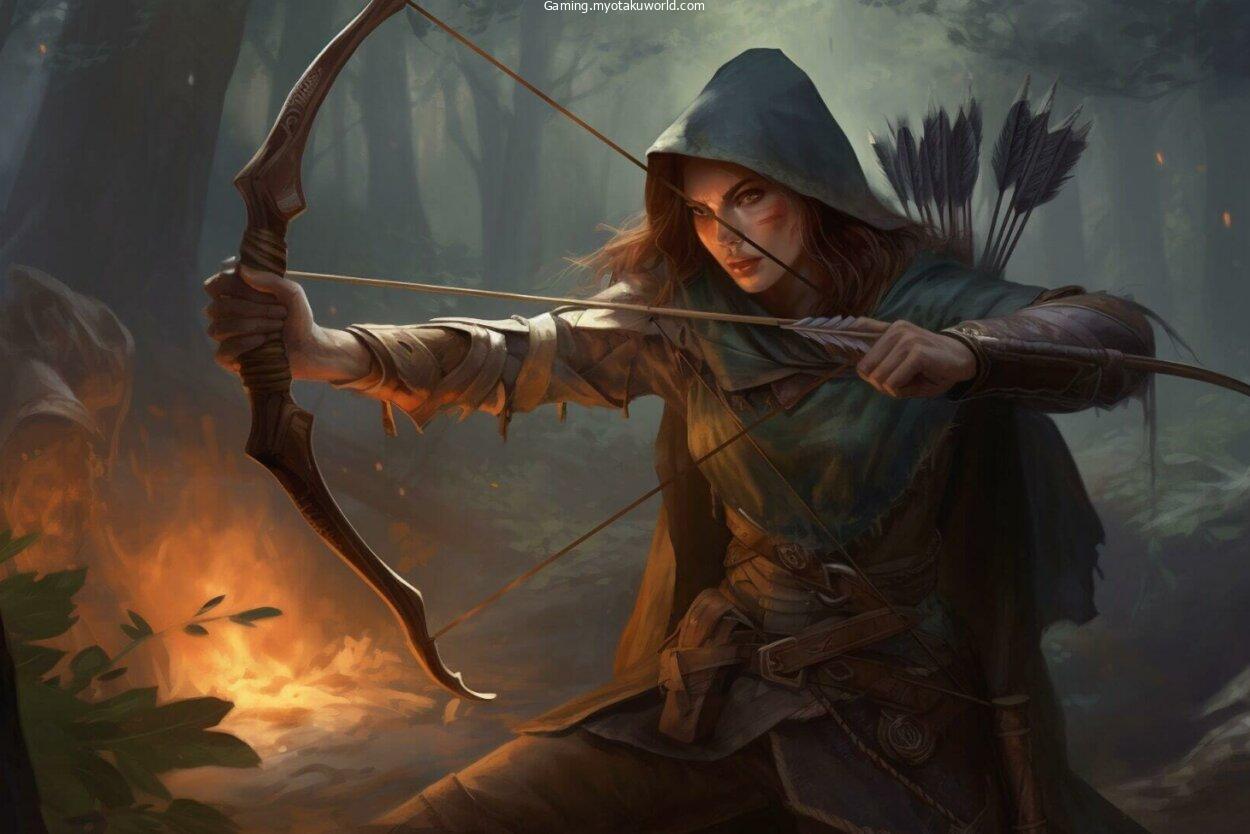
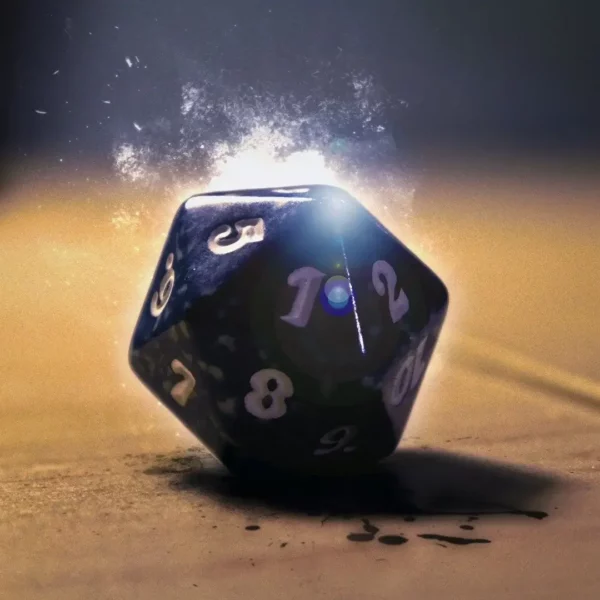
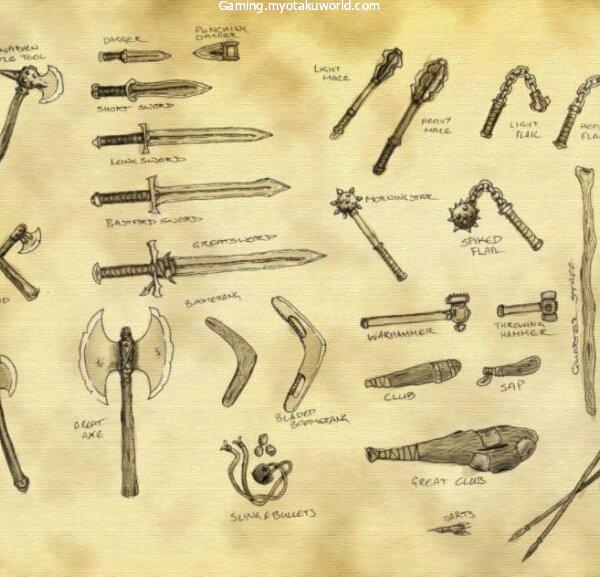

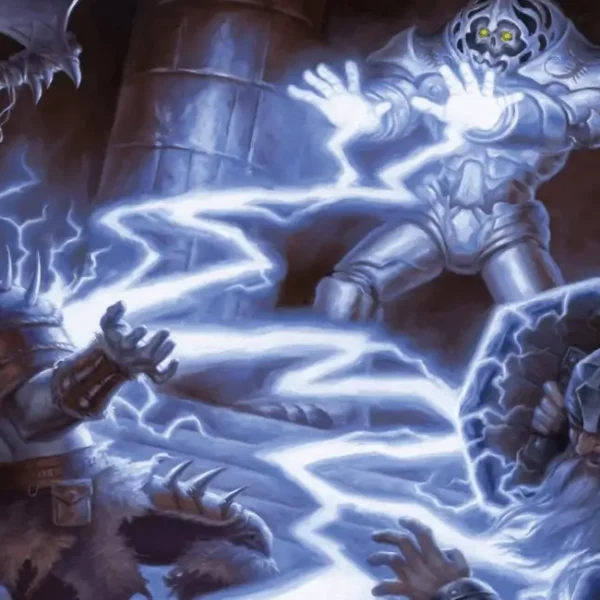
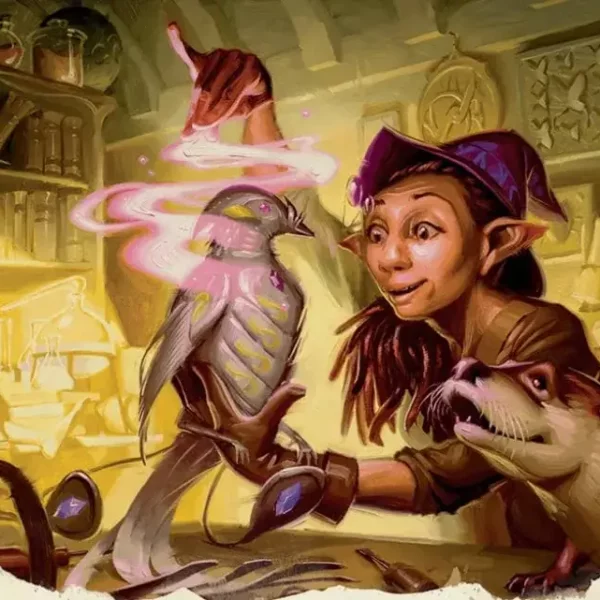
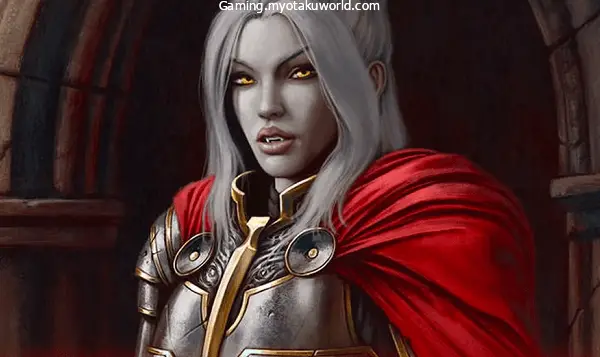
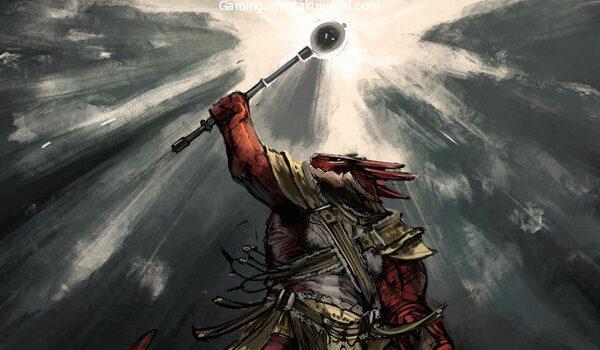
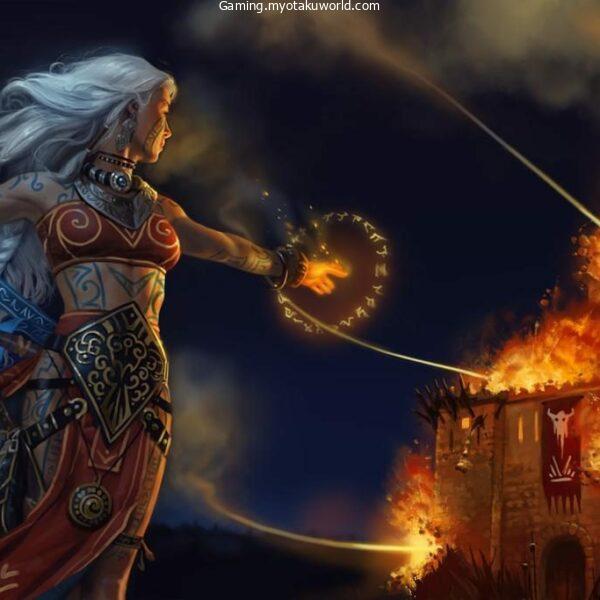
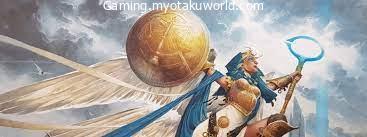
Leave a Comment